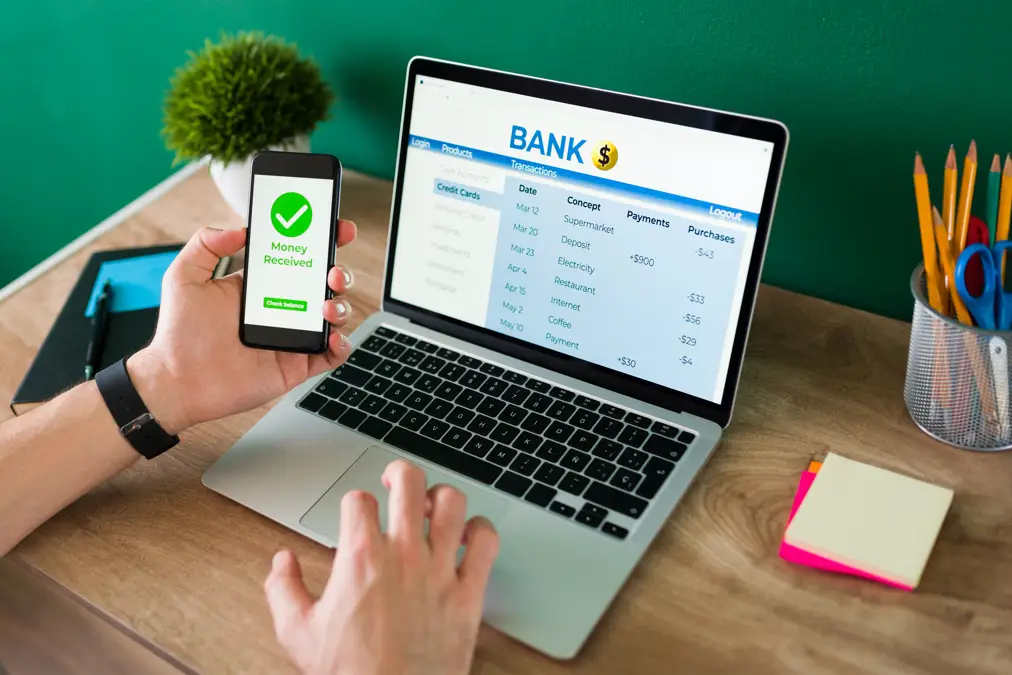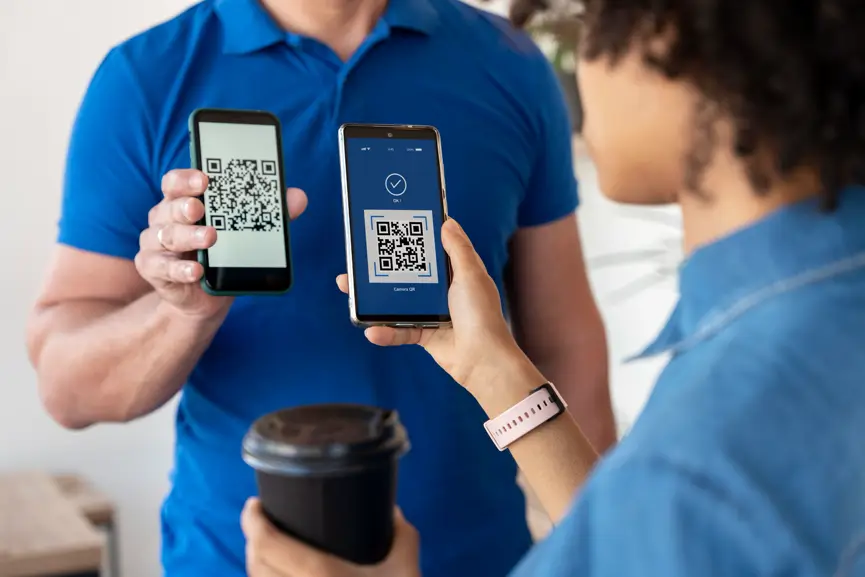The Best Way to Pay a Contractor: A Comprehensive Guide
If you are hiring a contractor for a home improvement project, a business service, or any other work, you might be wondering how to pay them. There are many ways to pay a contractor, but not all of them are equally convenient, secure, or cost-effective.
In this blog post, we will explore the pros and cons of different payment methods, and help you decide which one is the best for your situation.
Ways to Pay a Contractor
Cash Payment

Paying with cash is the simplest and most direct way to pay a contractor. You don't need to worry about bank fees, transaction delays, or identity theft. However, paying with cash also has some drawbacks.
First of all, you need to have enough cash on hand, which might not be easy or safe. Second, you need to get a receipt from the contractor, otherwise, you have no proof of payment in case of a dispute. Third, you might miss out on some tax deductions or benefits that you could get if you paid with a different method.
Check Payments

Paying with a check is another common way to pay a contractor. You can write the amount and the name of the contractor on the check, and mail it or hand it over in person. Paying with a check has some advantages over cash, such as being traceable, verifiable, and easier to record for accounting purposes.
However, paying with a check also has some disadvantages. For example, you need to have enough funds in your bank account to cover the check, otherwise, it might bounce and incur fees. Also, you need to wait for the check to clear, which might take several days or even weeks. Moreover, you need to protect your check from being lost, stolen, or forged.
Direct Bank Transfers

Paying with a direct bank transfer is another option to pay a contractor. You can use your online banking service or app to send money from your account to the contractor's account. Paying with a direct bank transfer has some benefits over cash and check payments, such as being fast, convenient, and secure.
You don't need to carry cash or write checks, and you can pay from anywhere at any time. However, paying with a direct bank transfer also has some drawbacks. For instance, you need to have the contractor's bank details, which might not be easy to obtain or verify.
Also, you might have to pay some fees for the transfer, depending on your bank and the amount involved. Furthermore, you might have difficulty reversing or canceling the payment if there is an error or a dispute.
Digital Payment Platforms

Paying with a digital payment platform is another alternative to pay a contractor. You can use an online service or app such as PayPal, or Wise to send money from your account or card to the contractor's account or card.
Paying with a digital payment platform has some advantages over other methods, such as being flexible, convenient, and user-friendly. You can choose from various payment options, such as credit card, debit card, bank account, or balance. You can also track your payments and get notifications on your phone or email.
However, paying with a digital payment platform also has some disadvantages. For example, you need to create an account and link it to your payment source, which might take some time and effort. Also, you might have to pay some fees for the service, depending on the platform and the amount involved. Moreover, you might face some security risks if your account or card is compromised or hacked.
Mobile Payment Apps
Paying with a mobile payment app is another way to pay a contractor. You can use an app on your phone such as Apple Pay, Google Pay, Samsung Pay, or Cash App to send money from your account or card to the contractor's account or card using NFC technology or QR codes.
Paying with a mobile payment app has some benefits over other methods, such as being quick, easy, and secure. You don't need to carry cash, check, or card, and you can pay with just a tap or scan of your phone. However, paying with a mobile payment app also has some drawbacks.
For instance, you need to have a compatible phone and app, which might not be available for all devices or regions. Also, you need to have internet access and battery power on your phone, otherwise, you might not be able to pay. Furthermore, you might have some limitations on the amount or frequency of payments, depending on the app and your bank.
Which is The Best Method?
There is no definitive answer to which is the best way to pay a contractor, as different methods have different pros and cons depending on various factors, such as the type, size, and duration of the project; the relationship and trust between you and the contractor; the availability and preference of both parties; and the legal and tax implications of the payment.
Therefore, you should consider all these factors and weigh the advantages and disadvantages of each method before choosing the one that suits your needs and expectations the best.
Considerations for Both Parties
Regardless of which payment method you choose, there are some general considerations that both you and the contractor should keep in mind to ensure a smooth and successful payment process.
Some of these considerations are:
- Agree on the payment terms and conditions before starting the project, such as the total amount, the payment schedule, the payment method, and the invoice and receipt requirements.
- Communicate clearly and frequently about the payment status and any issues or changes that might arise during the project.
- Keep a record of all the payments and transactions, including the dates, amounts, methods, and confirmation numbers or codes.
- Review and verify the payments and transactions regularly and promptly, and report any errors or discrepancies as soon as possible.
- Respect and protect each other's privacy and security by not sharing or exposing any sensitive or personal information or data without consent or authorization.
- Resolve any disputes or conflicts amicably and professionally by following the agreed-upon dispute resolution mechanism or seeking legal advice if necessary.
Conclusion
Paying a contractor is an important part of any project, and choosing the right payment method can make a big difference in the outcome and satisfaction of both parties. There are many ways to pay a contractor, each with its own pros and cons depending on various factors.
Therefore, you should consider all these factors and weigh the advantages and disadvantages of each method before choosing the one that suits your needs and expectations the best.
By following some general considerations and best practices, you can ensure a smooth and successful payment process for both you and the contractor.
Aniday's HR Services
Headhunting Service
Find and recruit quality candidates in just 1 week! Supported by 40,000 experienced headhunters in IT, Finance, Marketing… capable of recruiting in any region.
Headhunting Service ➔Employer of Record (EOR) Service
On behalf of your business, we recruit employees and handle payroll without the need to establish a company in markets such as Vietnam, Singapore, Malaysia, India, Indonesia…
Employer of Record (EOR) Service ➔